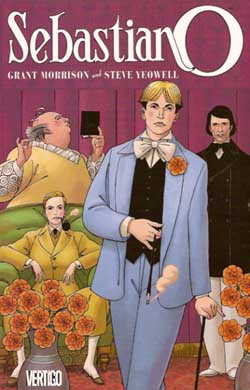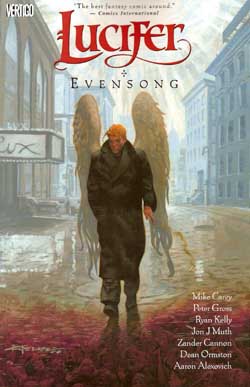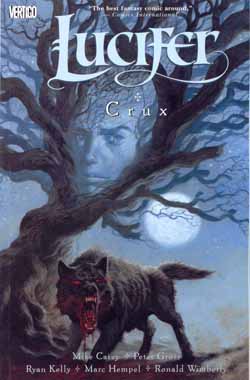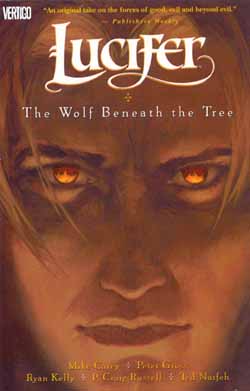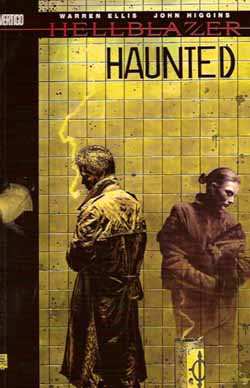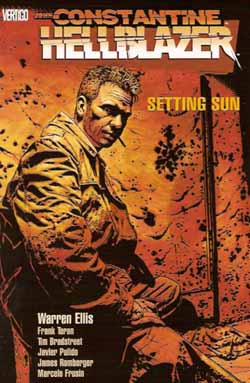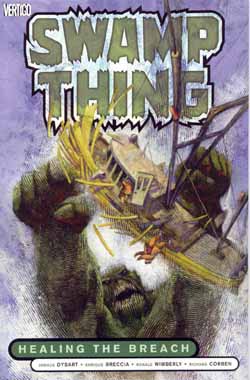 Â
Â
By Mike Carey, Marcelo Frusin & Doug Alexander Gregory
(Vertigo)Â ISBN 1-84576-233-9
This collection of the adventures of the world’s cockiest mystical bad-ass (from Hellblazer issues #187-193) sees an on-his-uppers John Constantine gathering what feeble allies he can muster as the un-nameable supernatural horror that has been waiting to devour humanity since the dawn of time (and for the previous two volumes) finally gets its snout in the door.
The chills begin with his niece Gemma having her own grisly adventure as the dupe of an old acquaintance of her uncle, who lures her to a seemingly deserted Scottish Island to complete a old mission and a new magical machine in Bred in the Bone, illustrated by Doug Alexander Gregory, before she eventually, and reluctantly joins Constantine in London for the main event, drawn with creepy and economical effectiveness by regular artist Marcelo Frusin.
Carey’s writing smoulders with a steady and overwhelming oppressiveness as his rag-tag band of desperate and self-serving mystics are forced to combine their talents in a desperate and inevitably futile attempt to thwart a truly unstoppable opponent who (which? what?) not only out-powers them, but has also achieved the inconceivable by out-foxing the arch-trickster Constantine.
How the wily con-man defeats a Thing that has won it all, and what the genuinely terrible cost is, provides a masterful horror tour-de-force that is compelling and eminently satisfying. Mike Carey’s tenure on this series is going to be one that will always rank as the highest of high points.
© 2003, 2004 DC Comics. All Rights Reserved.

